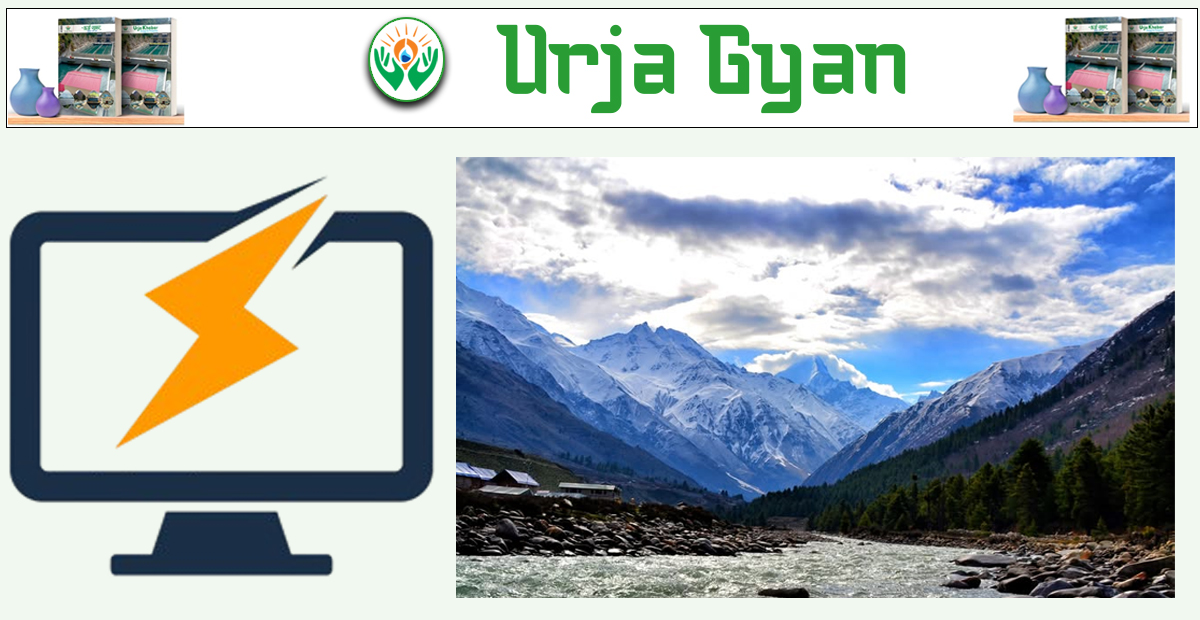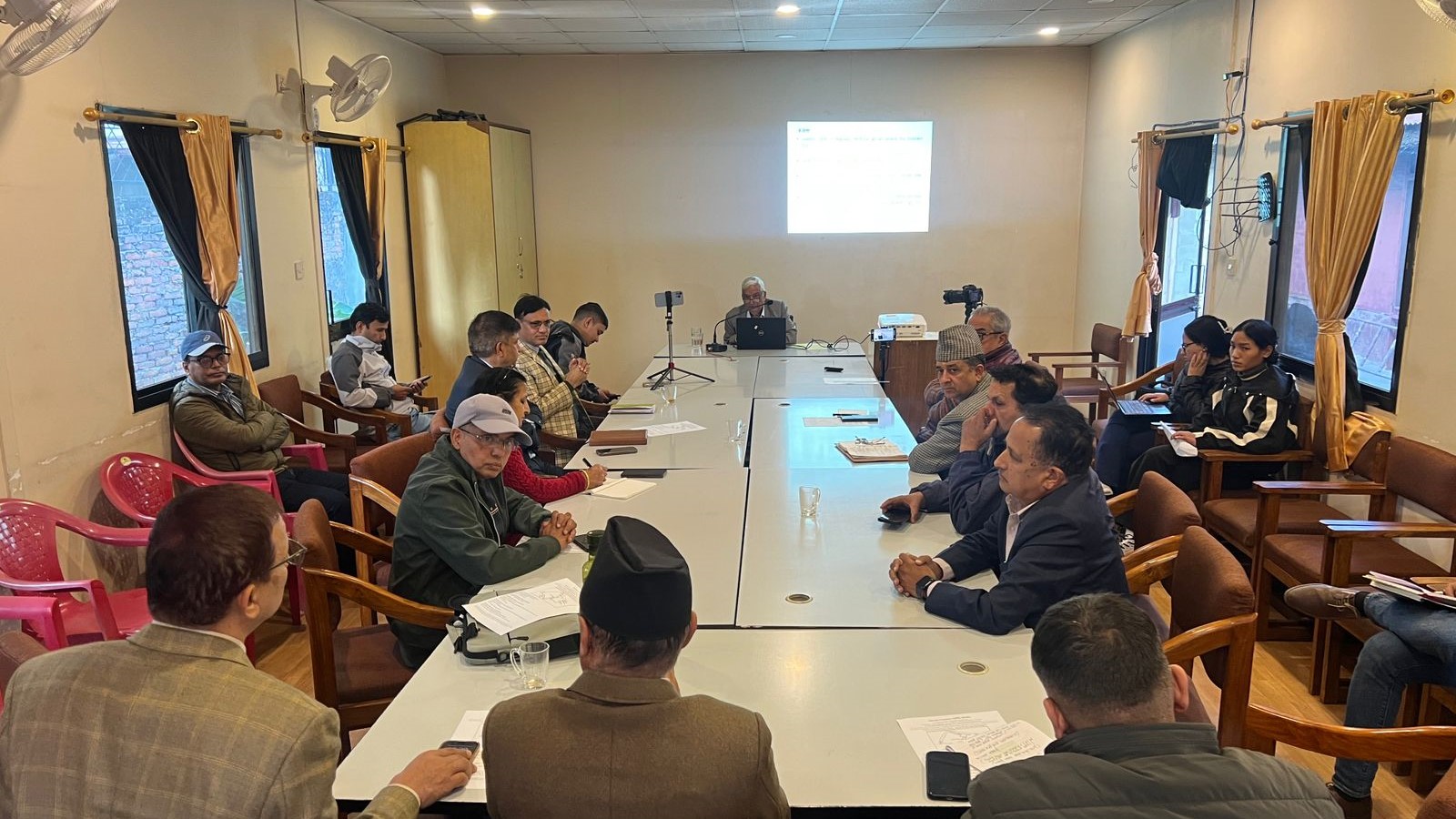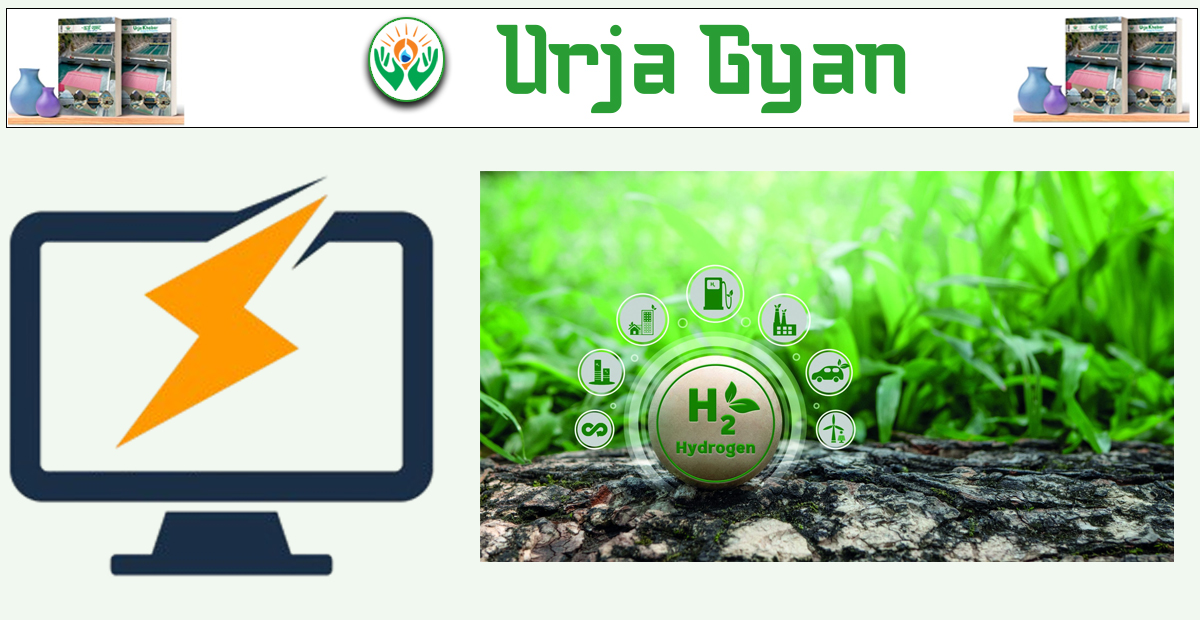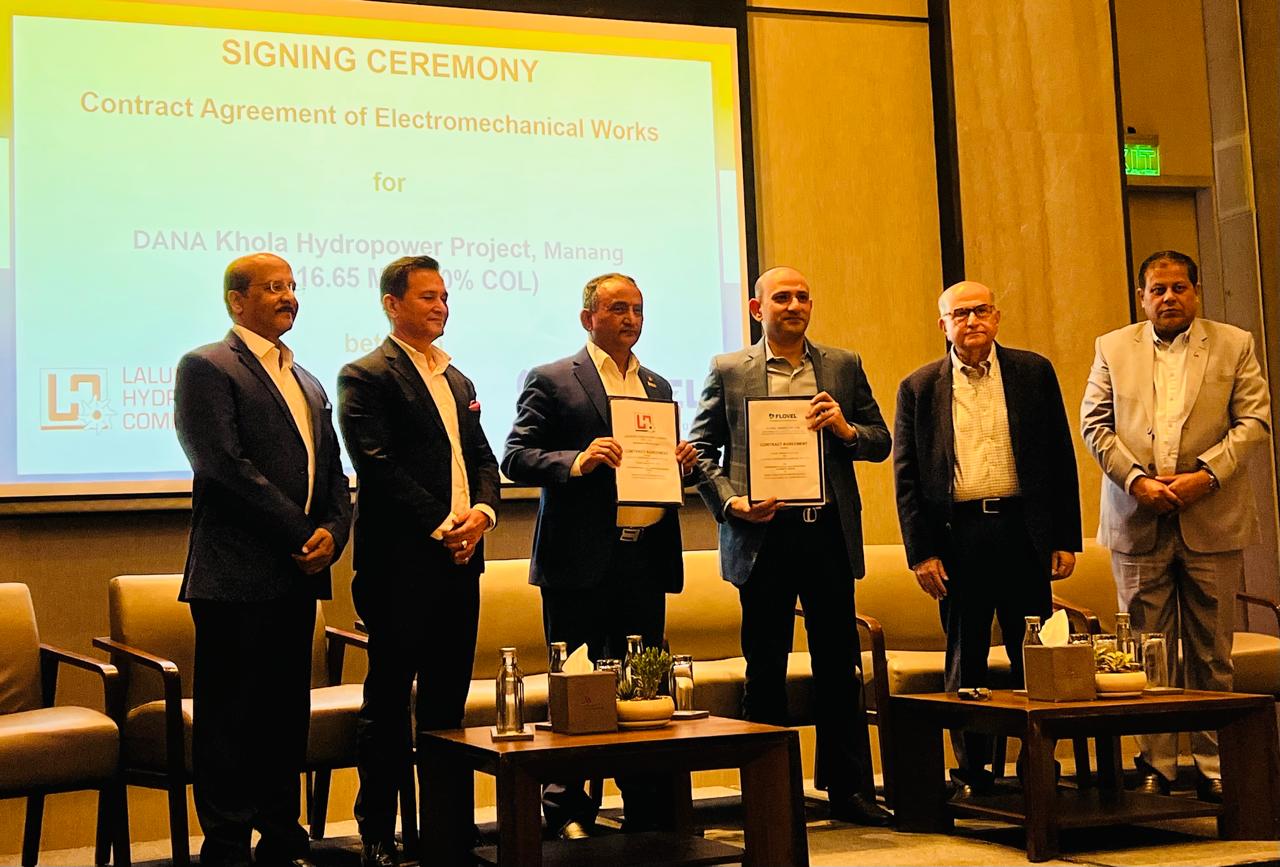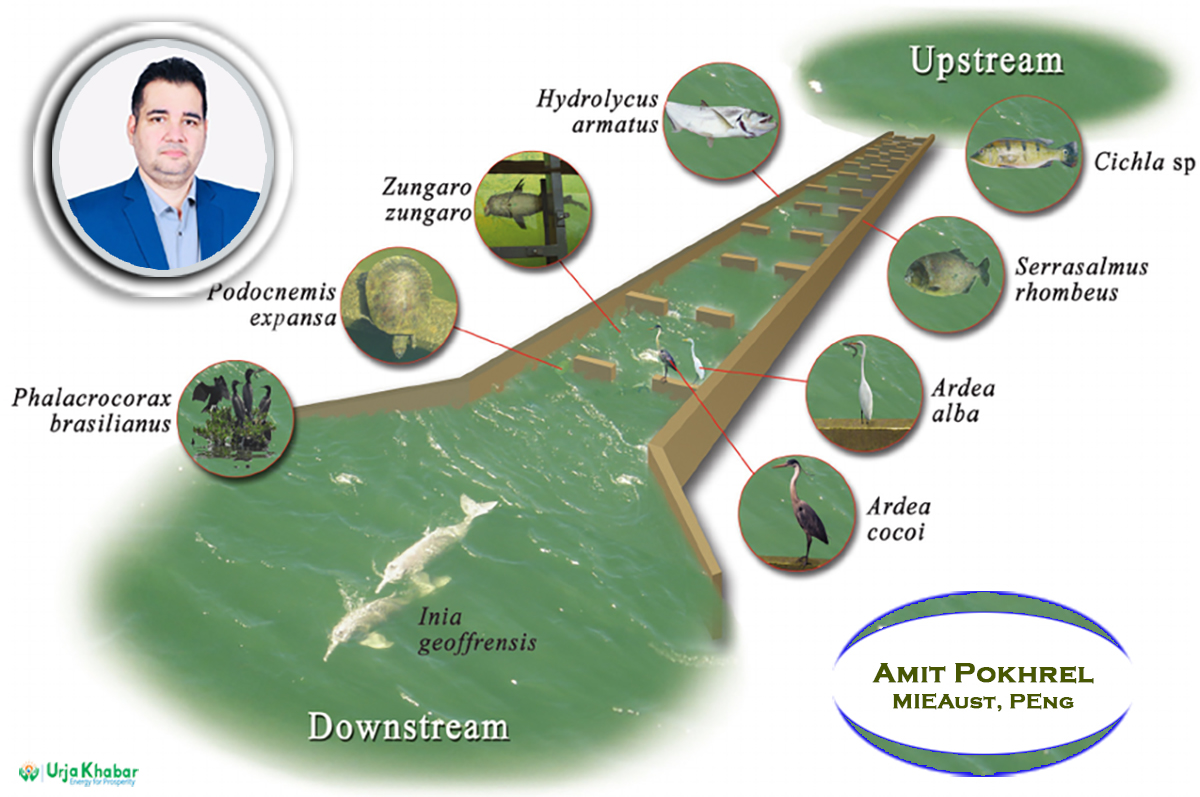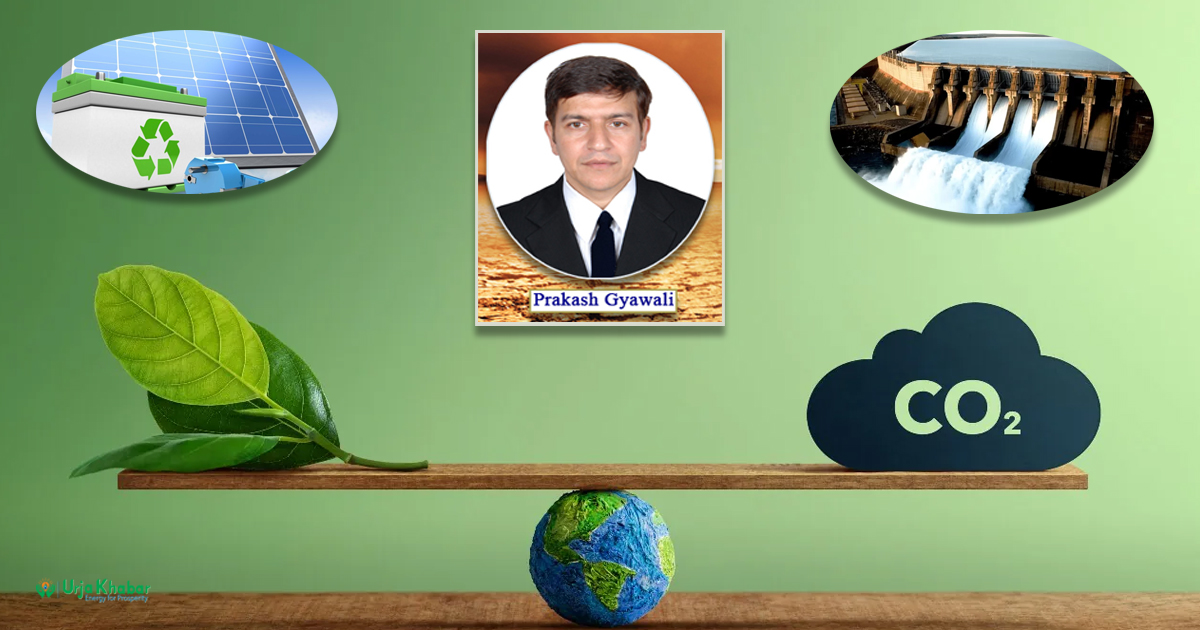Energy Update
Energy Finacing
Balancing Solar Energy Expansion and Agricultural Preservation in Nepal

Nepal is primarily an agricultural country, with agricultural land making up approximately 28 percent of its total area. Of this, around 53 percent, or 2.2 million hectares (roughly 15 percent of the country’s total land), is classified as arable, while the remaining is used for permanent meadows or pastures. Agriculture remains the backbone of the Nepalese economy, providing livelihoods for about 62 percent of the population and contributing around one-fourth of the nation’s gross domestic product (GDP).
However, the area of arable land has been steadily declining, with a loss of about 300,000 hectares in the past decade. According to the Seventh National Agriculture Census of 2021, the country cultivates 2.2 million hectares of land, a decrease from the 2.5 million hectares recorded in the 2011 census. Expanding urbanization along with pinning up houses on the land that was once used for cultivation have been seen as major causes for the declining size of arable land. Despite this reduction, agriculture continues to support a large portion of the population, highlighting the challenge to feed the nation with shrinking land resources.

Meanwhile, solar power has become a global leader in cost-competitive energy generation due to significant reductions in its cost over the past decade. Utility-scale solar power is now more affordable than many newly established conventional power generation sources. This trend is reflected in recent development in Nepal's solar energy sector. The Nepal Electricity Authority (NEA) initially planned to award contracts for 800 MW grid-connected solar power projects but allocated 960 MW across 63 projects due to overwhelming interest. The NEA received proposal for 3,600 MW, far exceeding its call for 800 MW. The bidding process followed a reverse auction model, with a benchmark power purchase agreement (PPA) rate of Rs 5.94 per kilowatt-hour. Ultimately, NEA awarded contracts for 960 MW at competitive PPA rates ranging from NPR 4.99 to 5.54 per kilowatt-hour. The power generated from these solar projects will be sold to the NEA under a 25-year PPA, with successful bidders responsible for supplying the energy.
These solar projects will require approximately 2,000 hectares of land, while the large section of these is cultivable in nature. Given the fragmented nature of land ownership in Nepal, this land will likely need to be bought or leased from numerous landowners, displacing them from their primary agricultural activities and threatening their livelihoods. In absence of provisions to integrate agricultural activities under the solar panels, it could result in the loss of another 2,000 hectares out of already limited size of arable land. This presents a significant challenge in a country where food security is more critical than energy security. Solar projects on arable land could also negatively influence land sustainability, affecting soil stability, water retention, carbon sequestration, and biodiversity. Additionally, the competition for land use between food production and energy generation could create a conflict of interest.

Given these challenges in place, why not combine agriculture with solar energy production on the same land? The concept of agrivoltaics—using land for both agricultural production and solar power generation—has been discussed for decades, however it has gained momentum for large-scale projects only in recent years. A few solar energy project developers in the country have already piloted agricultural initiatives such as goat farming, turmeric, and ginger cultivation, while others are planning to explore medicinal herb farming. These efforts show how agricultural components can be integrated into solar farms. However, a thorough study is needed to assess the agricultural potential of solar farms, along with a financial evaluation of these agricultural activities. Additionally, an incentive mechanism should be developed to promote agrivoltaics in the country. Without proper policy guidance and economic incentives, the voluntary adoption of agriculture in solar farms may yield disappointing results, ultimately failing to maximize the land's potential fully.
A few solar energy project developers in the country have already piloted agricultural initiatives such as goat farming, turmeric, and ginger cultivation, while others are planning to explore medicinal herb farming.
Nepal needs more renewable energy and solar energy is one of the key parts of the solution. However, this should not come at the expense of the country’s agricultural potential. Therefore, the NEA and project developers should prioritize integrating agriculture with solar energy development to ensure land use supports both food and energy security.
If the project developers begin developing solar energy projects sustainably, it will pave the way for the future expansion of solar energy in the country. If we don't stick to this approach, we will eventually need to restrict the use of arable land for solar energy projects citing the scarcity of land. This would limit the country’s potential for low-cost renewable energy generation and hinder the achievement of energy security through a balanced energy mix. Recent innovations in energy storage systems have further enhanced the potential for integrating solar energy with battery energy storage systems (BESS), opening up significant future opportunities for solar energy generation.
In addition to large-scale solar projects, rooftop solar systems are gaining increasing importance within the solar energy spectrum, as they can be installed on existing rooftops, eliminating the need for land to build solar energy projects. Recently, there has been significant traction in promoting rooftop solar energy, especially among commercial and industrial customers, as these systems help reduce electricity costs. Banks and financial institutions are financing rooftop solar systems through both capital expenditure finance models and renewable energy service company models. Moreover, government agencies and development partners have been supporting rooftop solar promotion by offering risk-sharing facilities, generation-based subsidies, and interest buy-down options. The NEA should place equal emphasis on harnessing rooftop solar potential by providing the necessary support to customers and addressing bottlenecks. If rooftop solar promotion is planned more aggressively and systematically, it can significantly increase the adoption of renewable energy at a competitive cost, without requiring arable land for solar farms or additional transmission infrastructure.
Sustainable and systematic planning for solar energy projects will also facilitate energy storage in our peaking run-of-river projects during the daytime, allowing for the full utilization of their potential in managing peak energy demand.
Sustainable and systematic planning for solar energy projects will also facilitate energy storage in our peaking run-of-river projects during the daytime, allowing for the full utilization of their potential in managing peak energy demand. Additionally, this approach could generate higher tariffs by exporting energy to neighboring countries during peak hours when there is excess generation. On the other hand, an unsystematic and ad-hoc approach could undermine the solar energy potential in the country. Therefore, it is crucial to adopt a smart and well-coordinated approach among all stakeholders when developing the upcoming 960 MW solar projects recently awarded by the NEA and aggressively promoting the rooftop solar energy project in the country.
Conclusion:
Nepal faces the challenge of expanding solar energy without compromising its agricultural land, which is vital for food security and the overall economy. Utility-scale solar projects require significant land, often arable, risking the displacement of agriculture and livelihoods. To address this, integrating agriculture with solar energy—through agrivoltaics—offers a sustainable solution. This approach allows land to serve dual purposes, maximizing its potential without sacrificing food production.
Rooftop solar systems also provide a promising alternative, utilizing existing structures and avoiding the need for arable land. By promoting rooftop solar through financial incentives and policy support, Nepal can increase renewable energy adoption while preserving agricultural resources.
Careful planning, coordination, and the integration of agriculture and energy production are essential for Nepal’s solar energy expansion. A balanced approach will ensure both energy and food security, supporting the country’s sustainable development.
Mr. Dulal is the Chief of Sustainable Banking at NMB Bank Ltd. This article is taken from the 7th issue of urja khabar, a bi-annual magazine. Which was published on 7 January, 2025.
Conversation
- Info. Dept. Reg. No. : 254/073/74
- Telephone : +977-1-5321303
- Email : [email protected]






